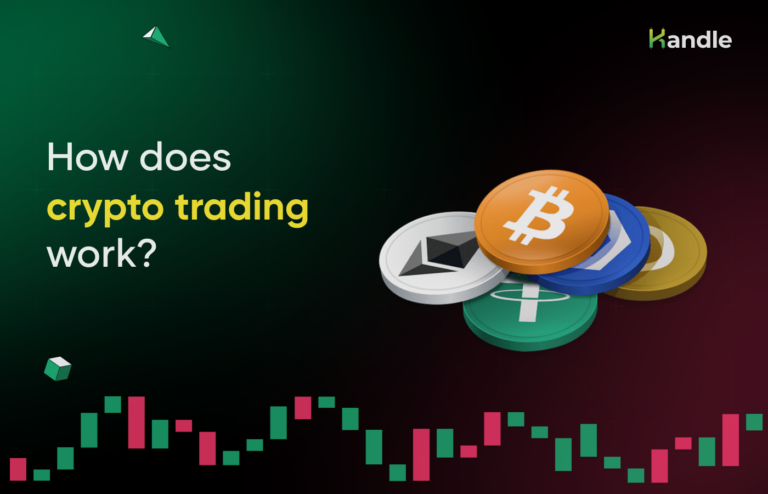The highly anticipated Bitcoin halving event is now only about 3 months away. This major milestone in the Bitcoin network will reduce the Bitcoin mining reward from 6.25 BTC to 3.125 BTC per block and is set to occur around May 10th, 2020. But what exactly does the Bitcoin Halving mean and what can we expect in the coming months as we approach this pivotal moment?
What is Bitcoin Halving?
The Bitcoin halving refers to the periodic reduction of the block reward that Bitcoin miners receive for adding new blocks to the blockchain. The Bitcoin code has a built-in mechanism to ensure that only 21 million Bitcoins will ever be created. Part of how it achieves this limit is by cutting the mining reward in half every 210,000 blocks which works out to approximately every 4 years.
So in essence, by reducing the block reward the rate of new Bitcoin creation and influx is slowed. As the Bitcoin block rewards dwindle over time, the idea is that scarcity will gradually increase and drive up demand.
Bitcoin’s monetary policy was designed this way by Satoshi Nakamoto to mimic the extraction of precious metals. Much like gold or silver become harder to mine over time as easily accessible resources are depleted, Bitcoin was created with an analagous “mining” process and fixed cap on supply. This is what makes Bitcoin provably scarce – a key underpinning of its value proposition.
The upcoming halving will be the third of its kind. The Genesis block in 2009 had a mining reward of 50 BTC. The first halving event occurred in November 2012 when the mining reward reduced from 50 to 25 BTC. The second halving took place in July 2016 when it further dropped from 25 to 12.5 BTC. And now in May 2020, it will fall from 12.5 to 6.25 BTC per block.
Possible Price Impacts
Many believe that the upcoming 2020 halving could result in a bull run and propel Bitcoin’s price higher just as previous halvings may have done. After the first halving in 2012, Bitcoin rose over 8000% from around $12 to nearly $1,000 in 2013. The 2016 halving also preceded Bitcoin’s monstrous 2017 bull run when prices went parabolic to nearly $20,000.
However, there are never any guarantees when it comes to Bitcoin price action. Supply reductions are often priced in well before halving events actually occur. Other factors like global economics and investor sentiment also play a role. Ultimately, no one can say with certainty exactly how the halving will impact Bitcoin price.
Analysts have varying predictions about how the 2020 halving could affect Bitcoin’s price – some believe it will be insignificant while others think it may spark the next major bull run. Places like Stock-to-Flow model indicate it could drive Bitcoin to prices over $100K in 2021. However CEOs like Binance’s Changpeng Zhao point out that the current halving anticipation differs greatly from previous ones that were more obscure events at the time.
ALSO READ : Battlehawks Schedule 2024: All You Need to Know
Reduced Mining Rewards, Increased Scarcity
While the halving may not immediately shock Bitcoin’s price, over the longer term it will significantly impact miners. Their rewards from each block will be cut by 50% instantly. This may result in some miners with slim margins being forced to shut down unless Bitcoin’s price rises to offset their reduced block rewards.
It also means it will become even tougher over time for miners to sell enough Bitcoin to cover operational costs like electricity. If miners are selling less of their block rewards, it adds more scarcity pressure which further restricts new supply entering the market from mining.
Some miners may need to upgrade to more efficient hardware to remain productive after the halving. Many also have long positions in Bitcoin or additional revenue streams that enable them to withstand periods of depressed profitability. Major reductions in network hashing power are unlikely, but there could be some capitulation from weaker competitors concentrated in older mining gear.
Who Else Does This Impact?
Bitcoin miners won’t be the only ones affected. Exchanges, wallet services, payment processors and all types of Bitcoin businesses rely heavily on transactions from miners to generate revenue.
As block rewards drop and miners earn less, there could be indirect effects across the entire Bitcoin economy if some players scale back capacity, reduce expenditures or charge higher fees due to declining income.
However, many major Bitcoin companies have already weathered multiple halvings in the past. They likely have contingency plans to remain solvent even if miners temporarily spend less in the aftermath of the halving while the network recalibrates.
The Coming Months…
Bitcoin is poised to reach an important inflection point that will alter mining economics and its inflation schedule going forward. Speculation and hype around this event are sure to generate headlines and trigger renewed interest over the coming months as we edge closer to the 3rd ever Bitcoin halving.
Buckle up and prepare for turbulence, but don’t forget that long-term Bitcoin believers are focused on the bigger picture of adoption and financial freedom that Bitcoin enables. They have confidence in the programmed supply schedule to sustain Bitcoin well into the future – halvings and all.




